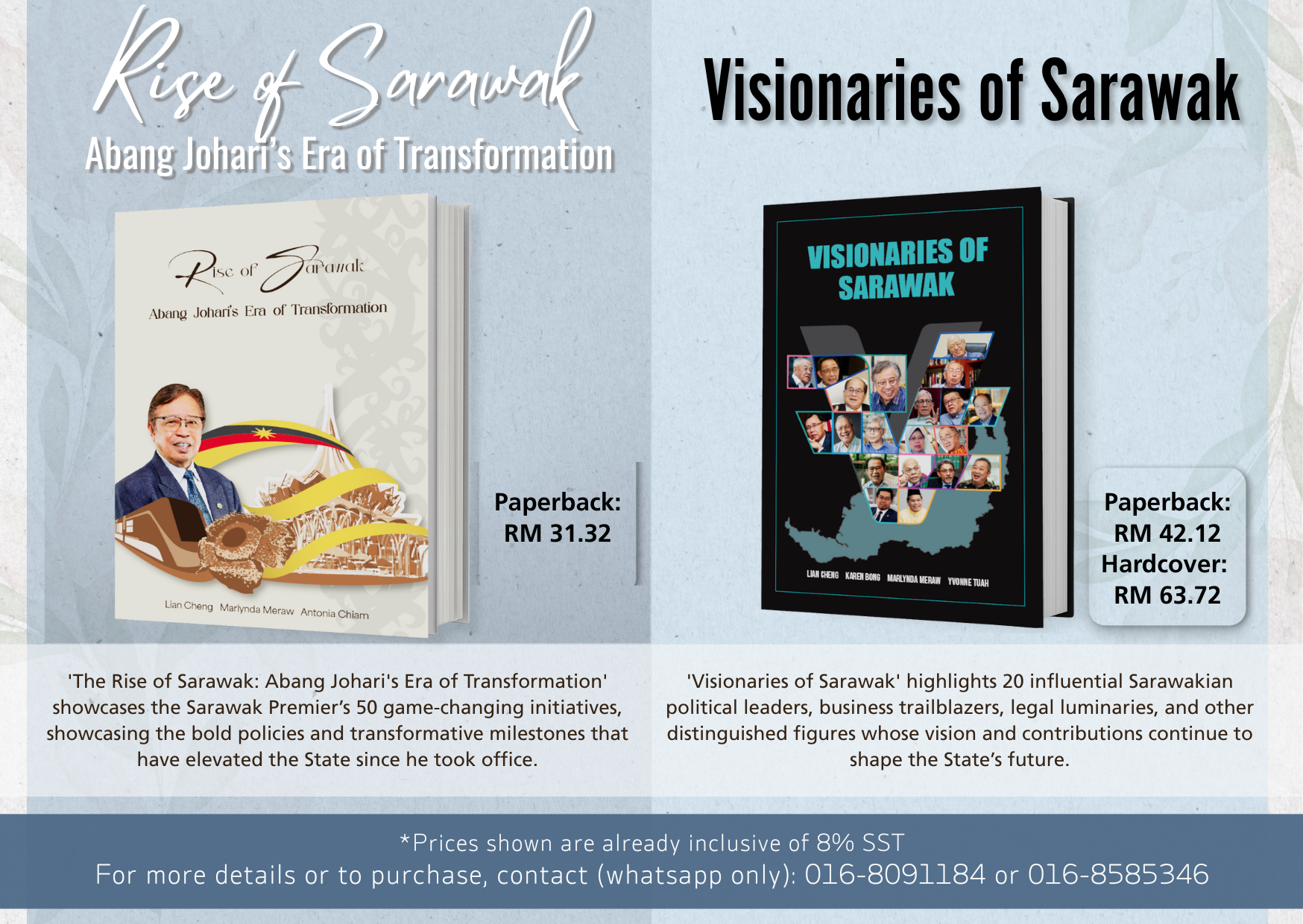
This work is originally published by Cahya Mata Sarawak. DayakDaily has been given permission to share this story on our platforms.
By Martin Yee, Kenny Ee, and Marlynda Meraw
ABDUL RAHMAN HASSAN ascended to the peak of his game at a time when Malaysian badminton was still in its infancy, a far cry from the prestigious tournaments and big sponsors that define the sport today.
For Abdul Rahman, the Sarawakian champion who emerged in the 1970s, his moment in the spotlight was fleeting. Though he shone brightly for a brief three years like a candle in the wind, his impact on the Malaysian badminton scene was, sadly, all too modest.
His talent arrived too early, in an era unprepared to nurture or fully recognise his brilliance.
In the vibrant days of the 1970s, Abdul Rahman emerged as a rising star, his talent glowing with promise. His crowning achievement in the early years came when he claimed the Benson and Hedges Cup singles plate champion, a feat that cemented his name in local badminton circles.
Yet, for Abdul Rahman, the sweetest victory laid not in that triumph but in a more personal, cherished moment—his win at the Selangor Malays Doubles Championship in 1980. It was there, alongside national player Suffian Abu Bakar, that Abdul Rahman felt the true weight of his success, a victory that was etched in his heart.
While at home court, during the Sarawak Open quarterfinals, he defeated Ibrahim Abdul Rahman with the scores 15-2, 15-2 in a swift and decisive performance. The finals saw Abdul Rahman face Yusof Tamin, a formidable shuttler from Pontianak. In straight sets, he triumphed again, the victory sweet and hard-earned, marking his ascent as a true contender on the court.

During his school years, Abdul Rahman was placed under the tutelage of the esteemed Brother Hyacinth, who refined his technique and introduced him to the art of reverse service. This ingenious move, first seen on the courts through Indonesia’s Liang Chun-sheng (Tjun Tjun) and Johan Wahjudi, became a part of Abdul Rahman’s evolving game, making him not just a player but a student of the sport’s growing strategies.
Through every mentor and every match, he was shaped into the player he would become—a quiet champion whose victories, both celebrated and personal, would leave an indelible mark on the badminton courts of his time.
Abdul Rahman was unstoppable during those years when he swept through every inter-school tournament—his victories a testament to his growing prowess. His journey took him to the prestigious Malaysian School Sports Council (MSSM) tournament, where he reached the quarterfinals. It was there when he faced Bernard Lee, the eventual champion, and despite the loss, it marked the peak of Abdul Rahman’s achievements at the time.
The shuttler’s journey was destined from birth; born into a family where badminton ran through their veins. Being one of the 10 siblings in his family, Abdul Rahman was steeped in the sport from a young age. His father, Haji Hassan Manan, a Customs and Excise officer and a badminton player in the 1950s, had sown the seeds early, passing down his love for the game before his passing in 1990. By the age of six, Abdul Rahman had already taken up the racquet, guided by the steady hand of his father.
His sister, Halimah, the ninth child of the large family, became his most trusted sparring partner, sharing the court with him in the hours of practice. But Abdul Rahman’s dedication didn’t end there. Beyond the shared training sessions, he pushed himself to the limit, training alone by the Jubilee race tracks, where he would run to build stamina, the rhythm of his feet in tune with his determination. Each day, he skipped ropes 3,000 times, the swish of rope and his pounding heart evidence of his tireless commitment to mastering his craft.

Apart from his family’s support, Abdul Rahman owed much of his career to the watchful mentorship of Abang Shukori, a former Sarawakian player who nurtured his talent. Under his wing, Abdul Rahman faced older, more experienced opponents, sharpening his skills in matches that carried him from a casual player to one of professional calibre.
In 1980, his journey expanded as he competed in the World Airlines Tournament, travelling to far-off places like Mauritius, Sri Lanka, and Copenhagen. But that same year, fate dealt a cruel hand—an injury forced him to hang up his racquet, ending his competitive career.
Though he could no longer play, his love for the game endured. He turned to coaching, guiding young players at the Red Crescent Hall by Jalan Reservoir, Kuching. His dedication didn’t go unnoticed, and he was appointed as the development chairman of the Sarawak Badminton Association (SBA).
Under his leadership, and with the expertise of Chinese coach Yang Shi Qiang, they nurtured future champions— James Chua and Pei Wee Chung — who would later become the Malaysian Games (Sukma) singles champions and trainees for the Badminton Association Malaysia (BAM).
Abdul Rahman’s life took him to Pontianak, Kalimantan in 1990, where he became the district manager for Malaysia Airlines System (MAS). When he eventually retired and returned to Kuching, his life took a different path, and though he no longer remained involved in badminton, the sport had already left a lasting mark on him. –DayakDaily








